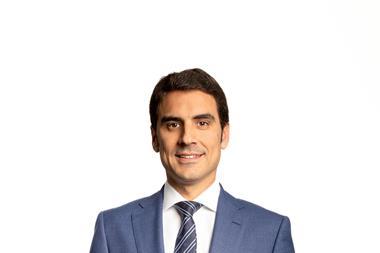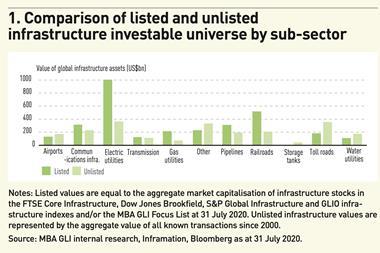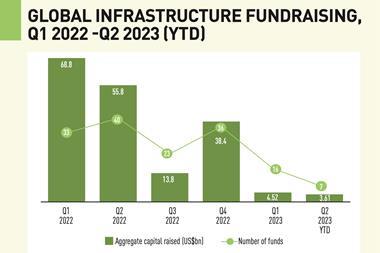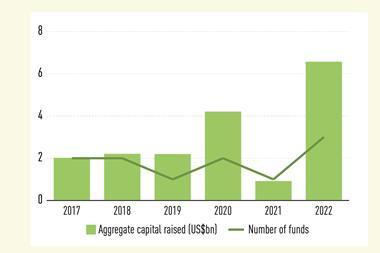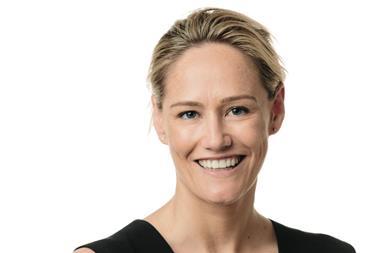GLOBAL – Nearly two-thirds of pension funds and other institutional investors expect their allocation to infrastructure to increase over the next 18 months, according to a survey conducted by IPE and Stirling Capital Partners.
The inaugural IPE Institutional Infrastructure Survey – published to coincide with the Infrastructure for Pension Funds and Other Capital Owners conference in London – found that the majority of more than 100 respondents intend either to increase exposure to developed-market infrastructure or make their first commitment to the asset class.
While the 102 respondents, managing €1.7trn in assets, have only allocated 1.9% of their assets to infrastructure, some had target allocations of as much as 5% or even 10%.
A majority of respondents preferred a combination of infrastructure equity and debt investments, with 52% opting for a combination.
Nearly 44% preferred equity only, and just 4.2% were willing to consider standalone debt investments.
Despite plans to increase their allocations, pension funds did not express much interest in secondaries, largely due to a lack of expertise to conduct due diligence.
Only 21.7% said they would consider buying infrastructure loans offloaded by banks, and 51% ruled out the acquisition entirely.
When asked to name other impediments, more than one-third named price and 44% uncertain credit quality.
While 17% agreed regulatory pressures would prevent them from acquiring bank loan books, they did not see the European Commission’s plans to impose further regulation on institutional investors through Solvency II or a revised IORP Directive as major hurdles.
More than 73% of respondents said the Commission’s potential reforms would not affect, or were unlikely to affect, their infrastructure allocation plans.
Only 5% said the looming regulation would lead them to change their minds, and a further 5% said such moves were “highly likely” to impact strategy.
Western Europe was viewed as the most attractive investment region, despite the fact nearly one in six respondents are based outside Europe.
North America came a distant second, with nearly 67% of respondents saying they would invest in the region compared with 93% who preferred Western Europe.
Only 2.2% said they would consider a standalone investment in emerging markets, compared with the 27.5% who said they would consider exposure to both emerging and developed markets and 70% who said they would focus on developed markets.
Of the pension investors yet to commit to infrastructure, 48.6% said illiquidity was the greatest barrier to entry, and nearly one-third said their fund was too small to make a meaningful allocation.
Only 5.6% said liquidity was a critical factor, whereas more than half said it was an unimportant or irrelevant issue.
Some 57% of respondents said they were comfortable investing in infrastructure assets with a holding period of 10 years or more.
Just over 10% preferred only to invest in assets with a holding period of 3-5 years, and 1% said they would only consider assets with a holding period of up to three years.
A total of 102 pension funds, fiduciary managers and sovereign wealth funds took part in the survey between the end of June and early September.
Participants were located in 25 countries, the majority in Western Europe.
To purchase a copy of IPE’s Institutional Infrastructure Survey, please contact Chris Elmer on +44 (0)20 3465 9345 or chris.elmer@ipe.com.









